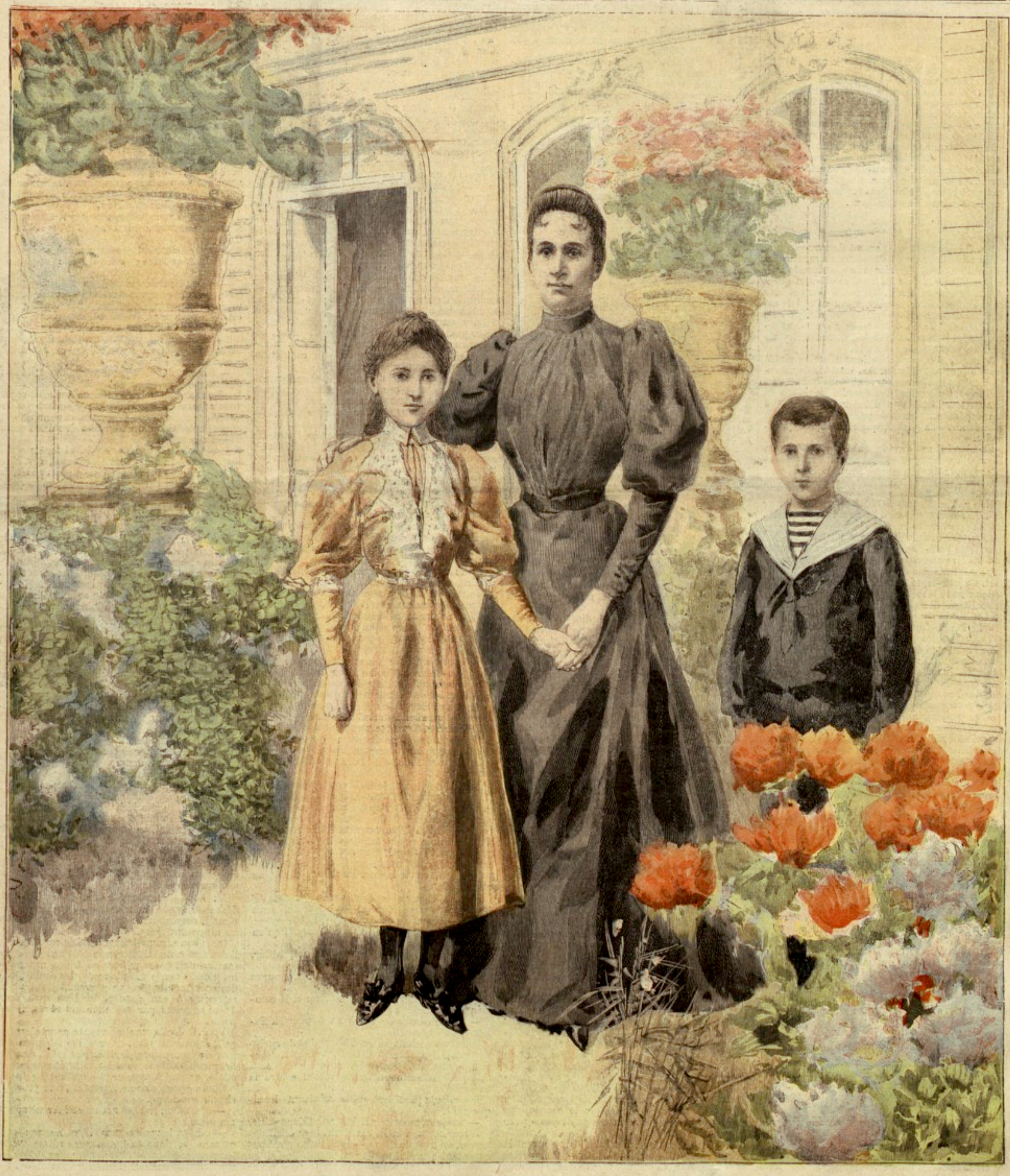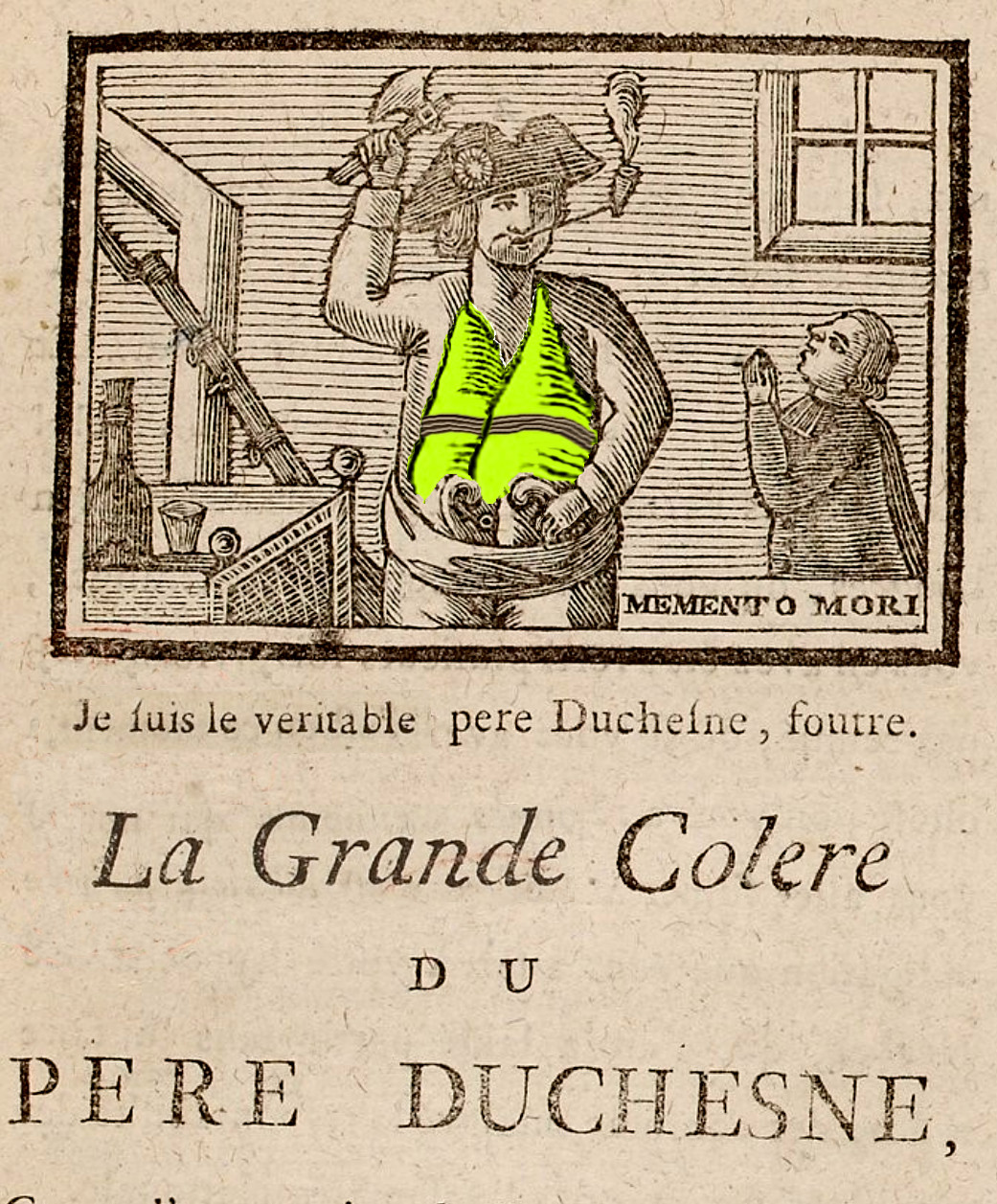A wanted man in both Ukraine and Russia, Alexei Arestovich, who was last seen traveling from Texas through New Mexico and Arizona, posted the following on his Arestovich/Official Telegram account on March 28, 2024:
I came across another eulogy to the “heroes of the resistance” in my feed.
Someone once in the USSR disagreed, fought, dissented, overcame, and today either has died or has an anniversary.
The background of war and the pathos of dissidence/anti-colonial struggle creates a dangerous psychological substitution.
And the more invisible it is, the more dangerous it is.
This is the danger of substituting “struggle” for fate, and, most importantly, passing off such a substitution as a norm and/or example.
From a psychological point of view, dissidence of any kind is a profound abnormality.
There are such people, and, apparently, there will always be, but they cannot be considered either the norm or a model.
Every person disagrees with his time in some way, but deep fundamental disagreement with the basic trends, forms and concepts existing in the collective unconscious of his time/people, and even the desire to resist them in word and deed, presupposes a completely special type of fate, closer to tragic or at least dramatic.
For this type of mission, a person is given the appropriate psychological equipment – for example, the ability to feel large sources and currents that form the oceans and seas of collective consciousness – feelings that are unfamiliar to a person with a “normal” destiny (normal is taken here in quotation marks, because in matters of purpose there is nothing There is no such thing as normative, all sides are personal, and alignment with the “norm” in such matters is nothing more than spiritual corruption).
But the psyche works like a swing: – if one quality is raised high, look for and work on its opposite, otherwise the support will go unstable.
Today, due to the trauma of war, the lid has long been askew.
Therefore, as an outstanding dissident of my time and people, I want to sing today a eulogy for anti-dissidence: the ability to live harmoniously in one’s time and among one’s people, without entering into fundamental conflict with them.
This is the theme of “Flying in dreams and in reality.” [Flights in Dreams and Reality is a 1983 Soviet drama film starring Oleg Yankovsky, directed by Roman Balayan, dealing with the subject matter of midlife crisis. – Ed.] The problem with Yankovsky’s hero is not that his life is boring and unfulfilling. His problem is that he cannot find himself in his “small” life.
Meanwhile, the value of so-called “ordinary” life is enormous.
I generally consider the ability to live an “ordinary” life to be one of the highest religious practices.
At a time when the masses are captivated by altered states of consciousness, anguish, pathos, and are confused in curses and blessings, the ability to live their quiet life: yes, yes, TV, Olivier, books, walks with the dog, leisurely drinking tea, and conversations in the kitchen – and there is our asceticism.
A little psychological note: – while many are chasing revelations after a glass of ayahuasca or the hormones of “shocking” videos, the most mysterious and unsolved is the so-called “everyday state of consciousness.” No one still knows how it arises and is maintained.
The highest manifestations of the human spirit have many forms, and trouble arises when they try to supplant one with another (as today).
But to feel the Divine beginning of the world in a sip of tea in your small kitchen, and to see the world’s secret in birds,crossed out the sky in the span of their old window, in the dog that stomped out of the room and put up its ear to scratch – a feat no less than the first landing on the moon.
In Eastern parables there is a systematic plot: – great masters, having achieved incredible results, ask the deities about who is the best yogi, magician, to achieve?..
And they are shown ordinary people doing the most ordinary things, but – if you show a little – With a little attention, it becomes clear that they do these ordinary things with extraordinary love.
This ability – to love your old carpet with deer, the cup from which your grandmother drank, to extract wisdom from old films, and to truly enjoy a new computer game, to root for football, and sit with friends – is one of the highest spiritual feats of an “ordinary” and indeed any person.
Even a dissident trying to change his time needs to be able to sit lovingly in the kitchen, slowly stirring the tea.
The trauma of war occurs where there is too much stress.

